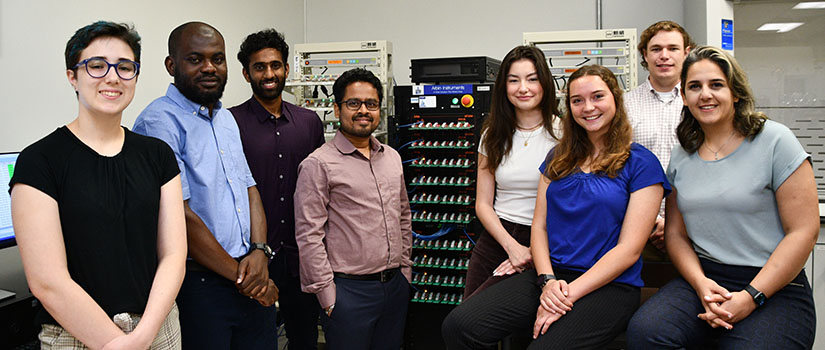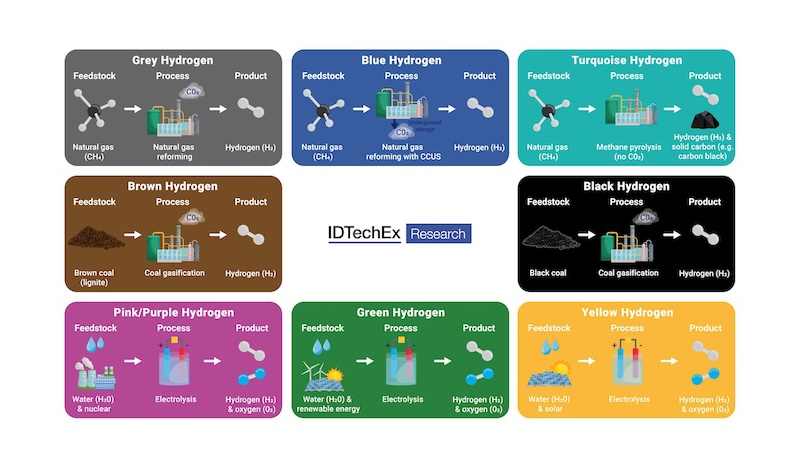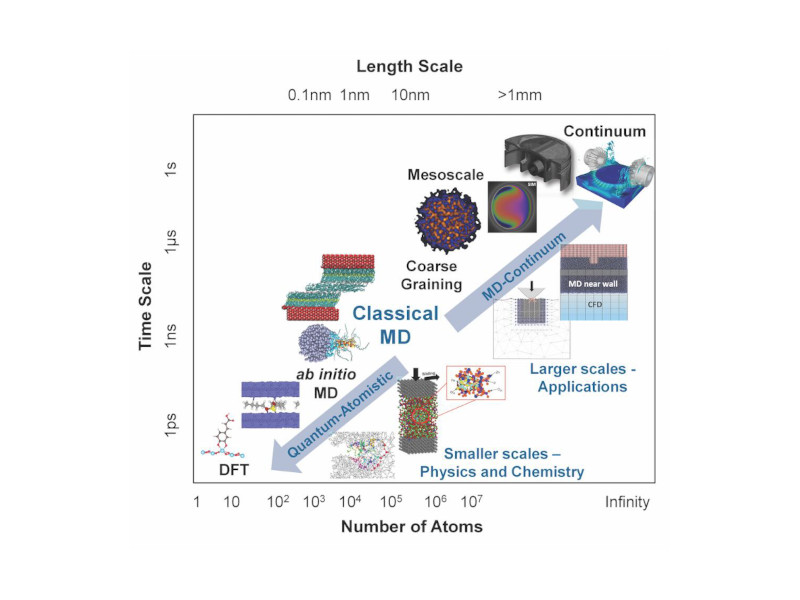The growing demand to embrace sustainable energy solutions in the commercial and industrial sectors is pushing the industry's growth.

Energy efficiency gamifying insights
- The energy efficiency gamification market is set to grow at a CAGR of 18.8%, reaching an estimated value of $19.1 billion by 2033, driven by increased demand for sustainable energy solutions in commercial and industrial sectors.
- Adoption of IoT technology for precise real-time energy consumption data is a key trend, while obstacles like fragmented stakeholders, financial constraints, and a lack of knowledge may hinder market expansion. Building automation demand and smart meter adoption are expected to fuel industry growth.
The market for gamifying energy efficiency is expected to grow at a compound annual growth rate (CAGR) of 18.8% and projected to increase in value from $3.4 billion in 2023 to $19.1 billion by 2033. Due to the growing demand to embrace sustainable energy solutions in the commercial and industrial sectors, it is predicted that the adoption of energy efficiency gamification will increase.
Several businesses are using IoT technology to improve current EMS facilities. Greater advantages include knowing the precise amount of energy consumed with real-time data, helping with energy management, and monitoring. This is essential for establishing the market’s potential for energy efficiency gamification trends. Although some of the major, obstacles that are likely to prevent the expansion of market share, include fragmented stakeholders, financial constraints, and a lack of knowledge.
The implementation of energy efficiency gamification, on the other hand, is anticipated to be bolstered by growing demand for building automation, which is propelled by occupant comfort, efficient operations, declining operating costs, and extended utility life spans. Some of the major obstacles that are expected to restrict the expansion of the market share are fragmented stakeholders, financial constraints, and a lack of knowledge. The implementation of energy efficiency gamification, on the other hand, is anticipated to be bolstered by growing demand for building automation, which is propelled by occupant comfort, efficient operations, declining operating costs, and extended utility life spans.
In 2016, there were 4.9 million smart and advanced meters in use in homes and businesses throughout Great Britain, according to the UK government. This is a result of more nations adopting smart meters to make it easier to see energy use clearly and comply with regulations. As a result, it is predicted that the energy efficiency gamification industry will increase significantly during the next few years.
Identification of attempts towards recovery
Implementing energy efficiency gamification aids in tracking energy use by generating considerable energy savings and foretelling the kind of energy-efficient technology that may be used. Using energy efficiency gamification helps to track energy use by generating considerable energy savings and forecasting the kind of energy-efficient technology that can be used.
Additionally, when businesses utilize cloud-based software more often, they receive important advantages including resilience, affordability, scalability, user-friendly access, and a detailed analysis of energy use. In the long term, it is anticipated that these variables would give rise to novel chances for the energy efficiency gamification market. In the long term, it is anticipated that these variables would give rise to novel chances for the energy efficiency gamification market.
Startup ecosystem
Energy usage, including that of fossil fuels and water, is negatively impacted by environmental challenges. The primary objective of startup players is to create cutting-edge goods and services that save money and energy. Startup businesses are developing creative strategies to preserve energy even after it has been utilized as necessary, following the leading manufacturers in this regard.
-
Liqid – Composable Disaggregated Infrastructure Management is what they provide. Products from Liqid are available to control how resources are used and maintained inside data centers. As of June 2016, Liquid is operating covertly.
-
Vertiv – They are a supplier of data center energy management systems. It offers solutions for retail, healthcare, the government, and education. Critical power for unanticipated outages, thermal management for dependable, sustainable, cost-effective heat management, and racks & and enclosures for cabinets, racks, and enclosure solutions for data centers are just a few of its offerings. It also offers software options for administration and monitoring tasks. Solutions for center racks, cabinets, and enclosures. Additionally, it offers software programs for administration and monitoring.
-
Virtual Power Systems – For power delivery, it offers a software-defined data center. It creates a software-defined architecture for power management in data centers. Its patent-pending power system virtualization technology offers a data center architecture that is more adaptable, transportable, scalable, and affordable.
-
BlueWave-ai – They offer a SaaS platform for distributed energy resources that is AI-based. The proposed software-based solution employs artificial intelligence to tackle the huge computing issue and offers data on-demand forecasts as well as real-time changes in power output and consumption trends.
Competitive analysis
Due to several small and major companies, the energy efficiency gamification market share has low concentration. In order to get a competitive edge during the projected period, the firms are launching innovative solutions, which is expanding the market by creating many alliances and investments. The market participants are focusing even more on constant product improvement with user-friendly features, which helps them maintain competition and increase the value of their brand.
-
March 2023: In order to promote the development of energy efficiency gamification solutions, the US Department of Energy has created a new US$10 million financing program. This program will help to quicken the adoption of gamification in the energy sector and make it easier for people to conserve energy.
-
February 2023: On the use of gamification in the built environment, the World Green Building Council has published a fresh study. According to the research, gamification may be a successful method for promoting energy efficiency in buildings and can help reduce energy usage by up to 20%.
-
January 2023: Austin Energy Green Button is a brand-new energy efficiency gamification effort launched by the city of Austin, Texas. The program uses a smartphone app to track energy usage and reward users for energy efficiency.
– Future Market Insights is a CFE Media and Technology content partner.



